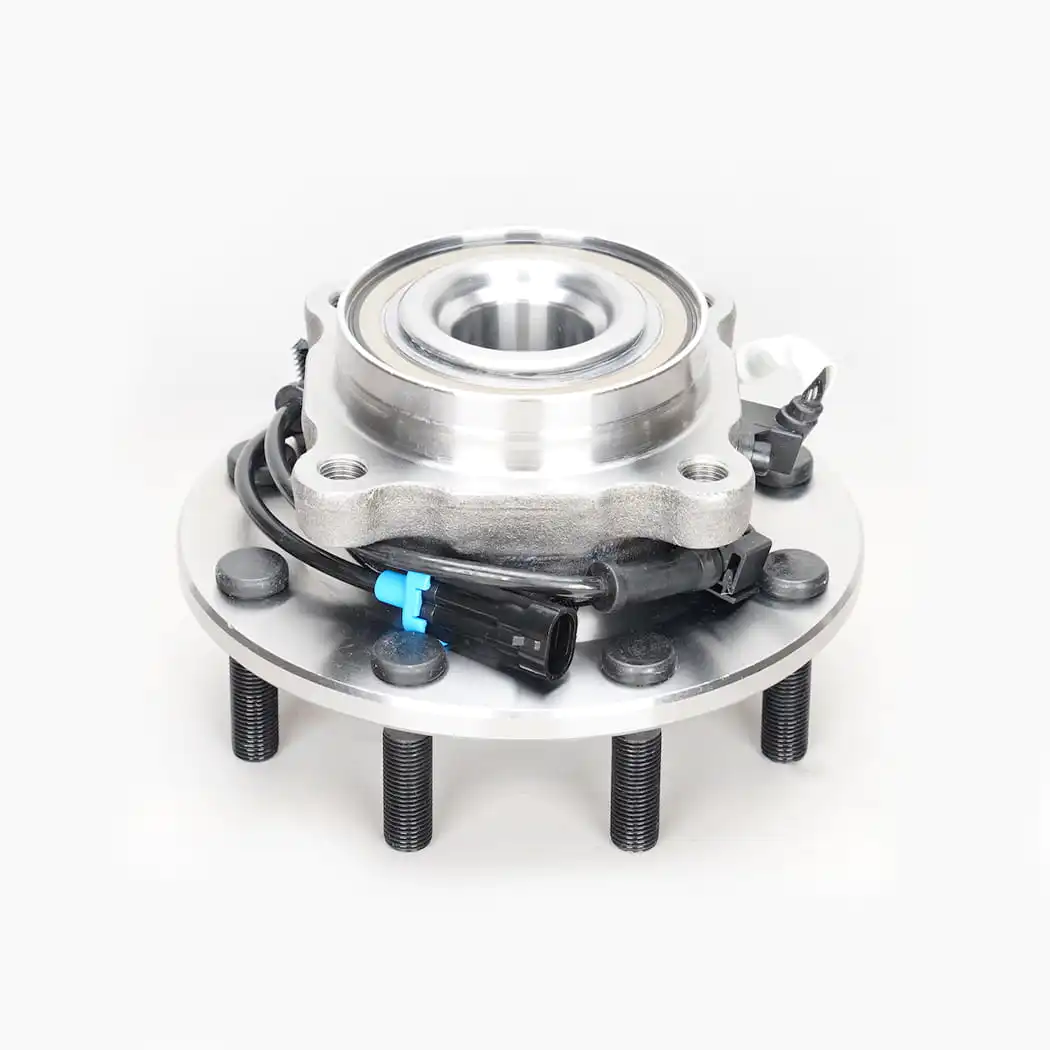The rear hub assembly plays a crucial role in vehicle performance and handling, significantly influencing various aspects of a vehicle's dynamics. This assembly consists of several components, including the wheel hub, bearings, and sometimes the brake rotor, all of which work together to facilitate smooth and effective operation. By securely mounting the wheel to the vehicle, the rear hub assembly ensures that the wheels rotate freely and maintain proper alignment with the vehicle's chassis. This alignment is vital for handling, as any misalignment can lead to uneven tire wear, steering difficulties, and compromised safety.
One of the most critical impacts of the rear hub assembly on vehicle performance is its role in weight distribution and stability. The rear hub assembly is essential for supporting the vehicle's weight, particularly in rear-wheel-drive systems where the rear wheels bear a significant portion of the load during acceleration. Properly functioning hub assemblies contribute to balanced weight distribution, which enhances traction and stability during cornering and sudden maneuvers. Conversely, if a hub assembly is worn or damaged, it can lead to an imbalance that affects handling characteristics, potentially resulting in oversteer or understeer. This is particularly important in high-performance vehicles where precise handling is essential for both safety and driving enjoyment.
Additionally, the rear hub assembly significantly affects the vehicle's braking performance. Many vehicles feature integrated brake components that connect directly to the rear hub assembly. The effectiveness of the braking system relies heavily on the hub assembly's condition; any play or wear in the bearings can lead to decreased responsiveness and longer stopping distances. This interplay between the rear hub assembly and the braking system underscores the importance of regular maintenance. When drivers neglect to check or replace worn components, they risk compromising the vehicle's ability to stop effectively, which can be particularly dangerous in emergency situations.

The rear hub assembly also has implications for ride quality. A well-maintained hub assembly helps to absorb road imperfections and vibrations, contributing to a smoother ride. Worn bearings or other components can lead to increased road noise and vibrations, detracting from passenger comfort. Moreover, the design of the rear hub assembly can affect the vehicle's suspension setup, which further influences ride quality. In performance vehicles, the ability of the hub assembly to maintain precise alignment with the suspension system is vital for optimizing handling and comfort.
Historically, the design and materials used in rear hub assemblies have evolved significantly. Advances in technology have led to lighter, stronger materials such as high-strength aluminum and composite materials, which enhance performance while reducing weight. These innovations have not only improved the efficiency of rear hub assemblies but have also contributed to the overall sustainability of vehicles by enhancing fuel efficiency and reducing emissions.
The rear hub assembly is a vital component that impacts vehicle performance and handling in numerous ways. From ensuring proper alignment and weight distribution to influencing braking performance and ride quality, the condition of the rear hub assembly is paramount to the safety and enjoyment of driving. Regular maintenance and timely replacement of worn components are essential for preserving these characteristics, ultimately enhancing the vehicle's overall performance and reliability on the road. As automotive technology continues to advance, the importance of this seemingly small yet critical assembly will only become more pronounced in the quest for improved vehicle dynamics and safety.